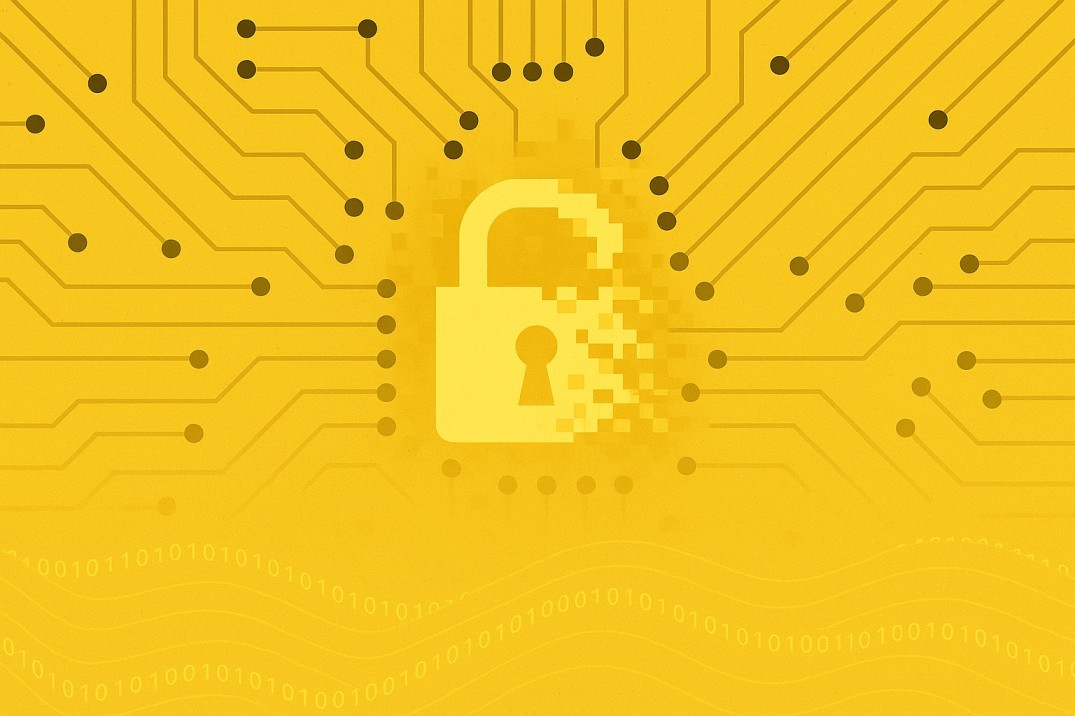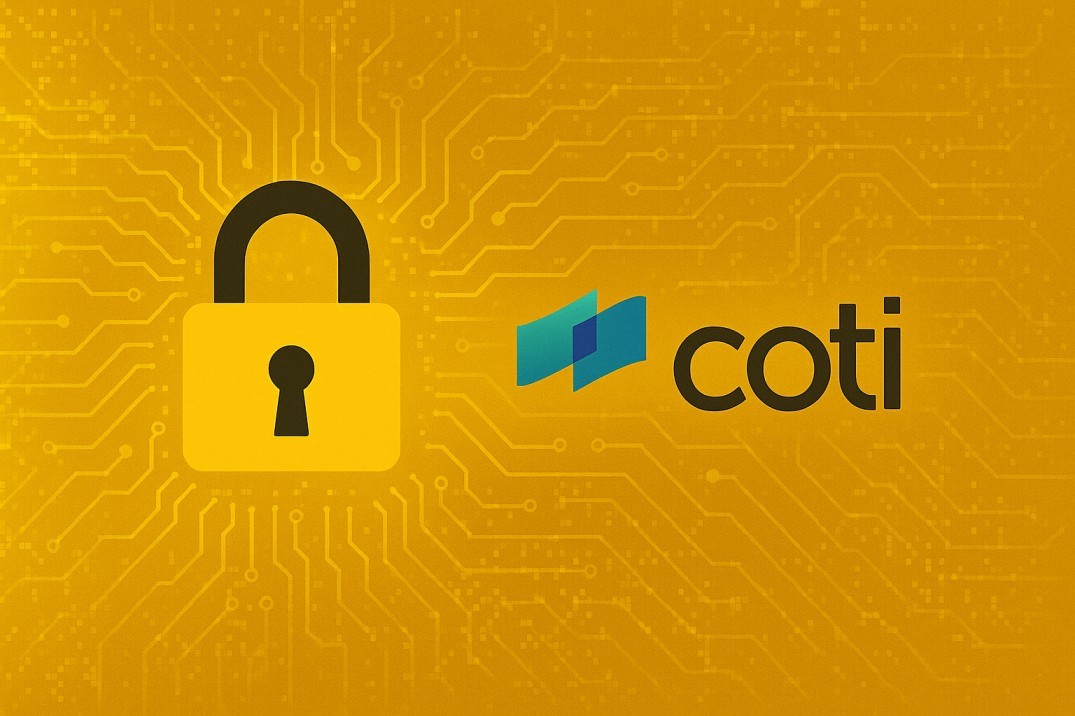This little known cryptographic technique could redefine how we think about privacy on-chain.
Privacy is one of the biggest challenges facing blockchain today. While transactions are secure and transparent, they’re also completely public, something that doesn’t work well for industries like finance, healthcare etc. What if we could protect sensitive information on-chain without hiding everything from regulators? That’s where Garbled Circuits come in.
COTI V2 is using this powerful technology to make private smart contracts a reality without giving up on compliance. Unlike mixers or zero-knowledge proofs that often draw scrutiny, Garbled Circuits offer a new path: one that keeps computations confidential while still allowing for transparency when needed.
Why does this matter?
In today’s blockchain world, most networks focus on transparency but that comes at the cost of privacy. Developers building apps for healthcare, identity, enterprise, and even DeFi often need ways to protect user data. COTI V2 tackles this challenge with an innovative solution called Garbled Circuits. This tech enables confidential smart contract execution, something traditional blockchains can’t easily offer.
By combining privacy with compliance, COTI is filling a gap many developers didn’t know had a solution.
What Are Garbled Circuits?

Garbled Circuits are a cryptographic method that lets two or more parties compute something together without revealing their private data. For example, imagine two people want to know who earns more, but don’t want to share their salaries. Garbled Circuits can help them find the answer without either person revealing their number.
Originally developed by Andrew Yao in the 1980s, the idea was simple but very powerful: encrypt the logic of a computation so that no one sees the data, only the result. Over time, researchers refined this technique, reducing the cost and increasing efficiency, eventually making it usable in real-world applications.
How Garbled Circuits Work
Imagine Emma and Liam both got job offers from different companies, and they’re curious to know who got the better salary offer, but neither wants to say their actual number.
Step 1: Emma Builds a Secret Machine

Emma creates a special machine (a garbled circuit) that compares salaries. But: The machine is scrambled and locked.
It only gives the answer ("Emma has a higher offer" or "Liam has a higher offer") if the right codes are used.
Step 2: Liam Gets His Secret Code Without Revealing His Salary
Liam needs the secret code that matches his salary, but he doesn’t want to tell Emma his number.
So he uses a trick (like a secret handshake) to get just the code he needs without Emma knowing which one he picked.
It’s like picking a key from a bunch of options, without anyone seeing which one you took.
Step 3: Liam Uses the Machine
Now Liam: Has the machine from Emma (the garbled circuit).
Has his secret code (for his salary).
Has Emma’s codes (which are locked, so he still doesn’t know her salary).
He plugs the codes into the machine.
The machine runs just enough to tell him the answer, nothing more and it says: “Emma’s salary is higher” or “Liam’s salary is higher.”
Step 4: Only the Final Answer Is Revealed
No one learns anyone’s exact salary but they still find out who got the better offer. They both keep their info private. No leaks. Just the answer.
To gain more in-depth knowledge, be sure to check out the COTI V2 whitepaper
COTI's Innovation with Garbled Circuits

COTI V2 is making this privacy tech easier to use. It’s building Garbled Circuits into its system, so developers can create apps that protect user data while still running on Ethereum.
This means developers don’t need to be privacy experts to build private apps. COTI handles the hard part behind the scenes.
ALSO READ: 5 Crazy Ideas That Could Be Built on COTI (But No One Has Yet)
Real-World Use Cases
Here’s how this can be used:
- Governance and Identity dApps: Supports confidential voting and identity management solutions.
- Secure health apps: where your medical info stays private
- Decentralized Social Networks and Messaging Apps: Provides censorship-resistant platforms with enhanced user privacy.
- Real-World Asset Management: Manages assets like real estate or commodities on-chain without revealing sensitive details.
- Decentralized Identity (DID): Facilitates secure, private identity verification processes.
- Bridging and Marketplaces: Enables private transactions across different blockchain networks and platforms.
- Regulated DeFi/Institutional DeFi: Offers compliant privacy solutions for institutions engaging in decentralized finance.
- Central Bank Digital Currencies (CBDCs): Assists in developing privacy-preserving digital currencies for central banks.
- Private AI and Machine Learning: Allows AI models to train on sensitive data without exposing individual inputs, preserving user privacy.
- Confidential DeFi: Enables private transactions and smart contracts, attracting institutional participants who require compliance and confidentiality.
With Garbled Circuits, blockchain can finally offer both transparency and privacy depending on what’s needed.
Fueling COTI V2’s Privacy Mission
Garbled Circuits play a vital role in advancing COTI V2’s privacy-first approach. By letting smart contracts handle encrypted data, they open the door for apps that protect users’ sensitive information without sacrificing functionality. This aligns perfectly with COTI V2’s vision of secure, compliant decentralized computing.
ALSO READ: What If Google Ran on Garbled Circuits?











